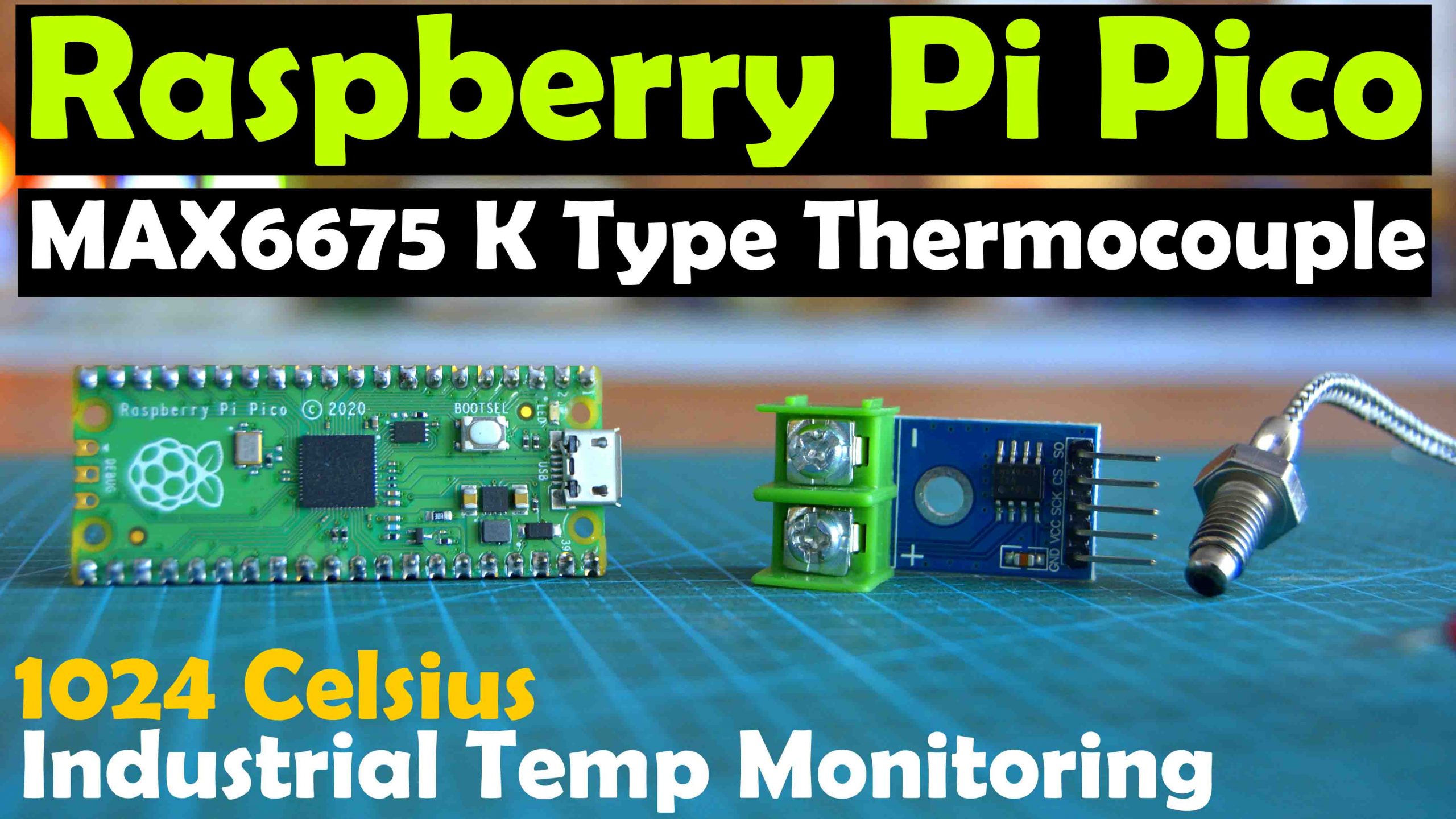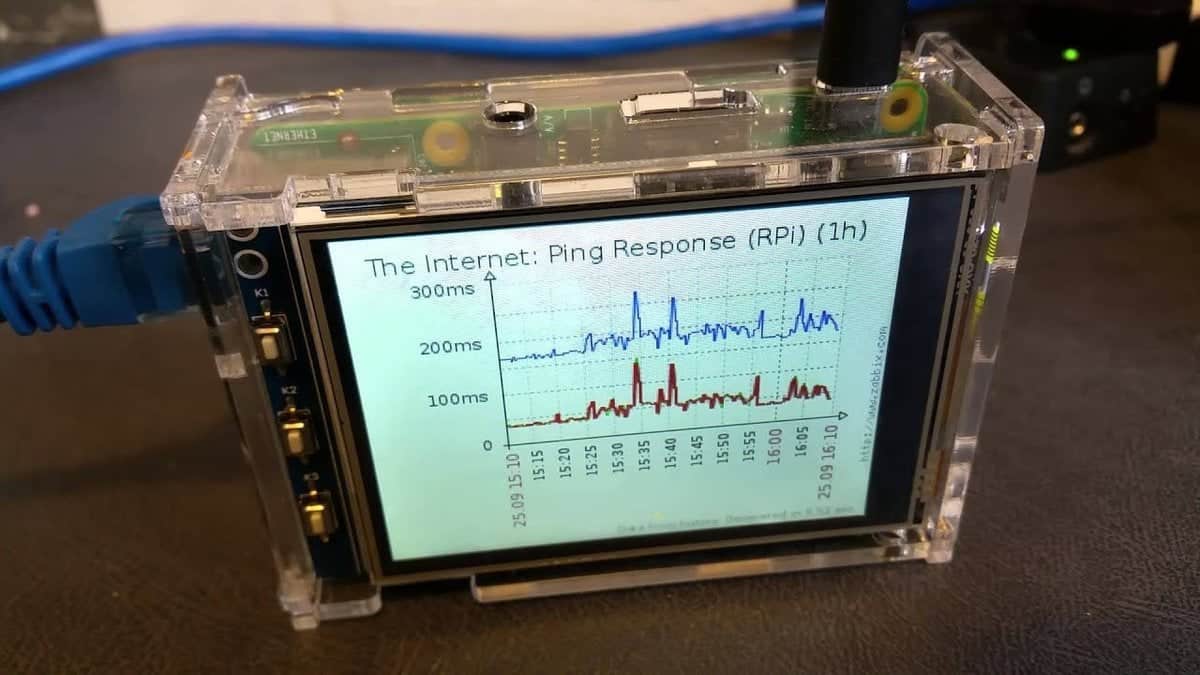In today's digital age, remote IoT monitoring with Raspberry Pi has become a game-changer for tech enthusiasts, businesses, and engineers alike. It combines the versatility of Raspberry Pi with the power of IoT to create efficient, scalable, and cost-effective solutions for various applications. Whether you're monitoring environmental conditions, home automation systems, or industrial processes, this technology offers unparalleled flexibility.
As the demand for smart solutions grows, the concept of remote IoT monitoring using Raspberry Pi has gained immense popularity. This setup allows users to collect, process, and analyze data from remote locations in real-time, making it an essential tool for modern technology-driven projects. By leveraging the capabilities of Raspberry Pi, users can build robust systems tailored to their specific needs.
This article provides a detailed exploration of the best practices, tools, and strategies for implementing remote IoT monitoring using Raspberry Pi. We’ll cover everything from hardware and software requirements to troubleshooting tips, ensuring you have all the information you need to create a successful IoT monitoring system. Let’s dive in!
Read also:Reggie Watts Girlfriend A Deep Dive Into His Life Relationships And More
Table of Contents
- Introduction
- Raspberry Pi Overview
- IoT Basics
- Hardware Requirements
- Software Setup
- Remote Monitoring Solutions
- Data Collection and Processing
- Security Considerations
- Troubleshooting Tips
- Future Trends in IoT Monitoring
- Conclusion
Raspberry Pi Overview
Raspberry Pi is a compact, affordable computer that has revolutionized the world of electronics and programming. Designed as an educational tool, it has evolved into a versatile platform for a wide range of applications, including remote IoT monitoring. Its small size, low power consumption, and expandability make it an ideal choice for IoT projects.
Key Features of Raspberry Pi
- Compact Size: Raspberry Pi is small enough to fit in the palm of your hand, making it perfect for portable and space-constrained projects.
- Cost-Effective: With models starting at just a few dollars, Raspberry Pi offers an affordable solution for both hobbyists and professionals.
- Expandable: The GPIO pins and USB ports allow users to connect various sensors, modules, and peripherals, enhancing its functionality.
These features make Raspberry Pi a top choice for building remote IoT monitoring systems. By integrating it with the right sensors and software, users can create powerful monitoring solutions that meet their specific requirements.
IoT Basics
The Internet of Things (IoT) refers to the network of physical devices embedded with sensors, software, and connectivity capabilities, enabling them to collect and exchange data. IoT systems have transformed industries by providing real-time insights and automating processes. In the context of remote IoT monitoring with Raspberry Pi, IoT enables users to track and analyze data from distant locations effortlessly.
How IoT Works
- Data Collection: Sensors gather data from the environment or connected devices.
- Data Transmission: The collected data is sent to a central server or cloud platform for processing.
- Data Analysis: Advanced algorithms analyze the data to generate actionable insights.
By understanding the fundamentals of IoT, users can better appreciate how Raspberry Pi fits into the ecosystem, providing a reliable and efficient platform for remote monitoring applications.
Hardware Requirements
Setting up a remote IoT monitoring system with Raspberry Pi requires specific hardware components. Choosing the right components ensures the system operates smoothly and efficiently. Below are the essential hardware requirements:
Essential Components
- Raspberry Pi Model: Models like Raspberry Pi 4 or Raspberry Pi Zero W are recommended for IoT projects due to their performance and connectivity options.
- Sensors: Depending on the application, you may need temperature, humidity, motion, or other types of sensors.
- Power Supply: A stable power source is crucial for uninterrupted operation.
- Network Connectivity: Wi-Fi or Ethernet modules are necessary for transmitting data to remote servers.
Selecting high-quality components ensures the longevity and reliability of your remote IoT monitoring system. It's also important to consider the environmental conditions where the system will be deployed to avoid potential issues.
Read also:How Many Leviathan Scales Does Leviathan Drop A Comprehensive Guide For Gamers
Software Setup
Once the hardware is in place, the next step is setting up the software environment. This involves installing the operating system, configuring network settings, and integrating the necessary software libraries for data collection and transmission.
Operating System Options
- Raspberry Pi OS: A lightweight and user-friendly operating system specifically designed for Raspberry Pi.
- Ubuntu Core: A minimal version of Ubuntu optimized for IoT devices.
After installing the operating system, users can configure the network settings and install software libraries such as MQTT or Node-RED for seamless data communication. These tools simplify the process of building and managing IoT applications.
Remote Monitoring Solutions
Remote IoT monitoring with Raspberry Pi offers numerous solutions for various applications. From environmental monitoring to industrial automation, the possibilities are endless. Below are some popular use cases:
Environmental Monitoring
- Air Quality Monitoring: Use sensors to measure pollutants and track air quality in real-time.
- Weather Stations: Build a weather station to monitor temperature, humidity, and other weather parameters.
These solutions not only provide valuable insights but also help in making informed decisions to improve environmental conditions.
Data Collection and Processing
Effective data collection and processing are critical for successful remote IoT monitoring. This involves selecting the right sensors, configuring data collection intervals, and implementing data processing algorithms.
Data Collection Techniques
- Real-Time Data Collection: Collect data continuously for immediate analysis.
- Interval-Based Data Collection: Collect data at regular intervals to reduce bandwidth usage.
Processing the collected data using advanced algorithms can help identify trends and anomalies, providing valuable insights for decision-making.
Security Considerations
Security is a top priority when implementing remote IoT monitoring systems. Protecting sensitive data and ensuring the integrity of the system are crucial for maintaining trust and reliability.
Best Practices for Security
- Encryption: Use encryption protocols to secure data transmission.
- Access Control: Implement strict access control measures to prevent unauthorized access.
By following these best practices, users can safeguard their remote IoT monitoring systems from potential threats and vulnerabilities.
Troubleshooting Tips
Despite careful planning and implementation, issues may arise during the operation of a remote IoT monitoring system. Below are some common troubleshooting tips:
Common Issues and Solutions
- Connection Problems: Check network settings and ensure a stable internet connection.
- Sensor Malfunction: Verify sensor calibration and replace faulty components if necessary.
Having a troubleshooting guide can save time and effort when dealing with unexpected issues, ensuring the system operates smoothly.
Future Trends in IoT Monitoring
The field of remote IoT monitoring is rapidly evolving, with new technologies and trends emerging regularly. Some of the most promising trends include:
Edge Computing
- Decentralized Processing: Process data closer to the source to reduce latency and improve efficiency.
As technology continues to advance, remote IoT monitoring with Raspberry Pi will become even more powerful and versatile, opening up new possibilities for innovation and growth.
Conclusion
In conclusion, remote IoT monitoring with Raspberry Pi offers a powerful and flexible solution for various applications. By understanding the key components, setting up the hardware and software, and following best practices for security and troubleshooting, users can create efficient and reliable monitoring systems.
We encourage you to share your thoughts and experiences in the comments section below. Additionally, feel free to explore other articles on our website for more insights into IoT and related technologies. Together, let's build a smarter, more connected world!


